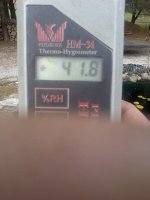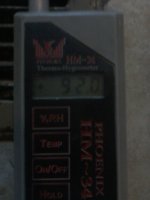clemsonfor
Super Member
What is home warranty? It sounds like a homeowners association for appliances :confused2:
If you buy a house you can buy a warrenty for like 1 3 or 5 years. Unless you buy an older house with old systems and your not very handy there not a very good deal. Im thinking for my house when i bought it a few years ago it was going to be several thousand dollars. I tried to tell them that they would need to do better as i have all new applicances that i bought with the loan for the house as well as 2 new heat pumps. One old one remained but they way we have it worked we dont even use it and havent for 3.5 years. They said oh it covers everthing including your coffemaker and i think TV and water heater. The kicker is that there is like a $100 fee for calling them out. So your not gonna call on anything worth less than $100 ie coffe maker toaster etc. And if my older water heater goes out im going to replace it myself so it will only cost me a few hundred more than the call plus i did not have to pay out the huge lump sum ( and all my other major appliances were under manufacturer warrenty anyway). If the roof had minor leaks i would fix them to for minor cash. They really dont make sense like i said if you do your own work and you ahve new systems in the house. Again if your handy a leaky toilet is no big deal usually $20 in parts fixes it, but if you had to call a plumber the warrenty may be not so bad?



